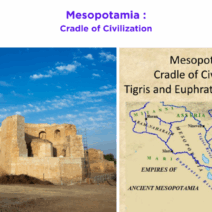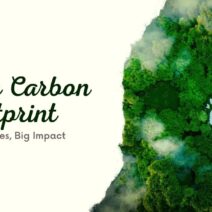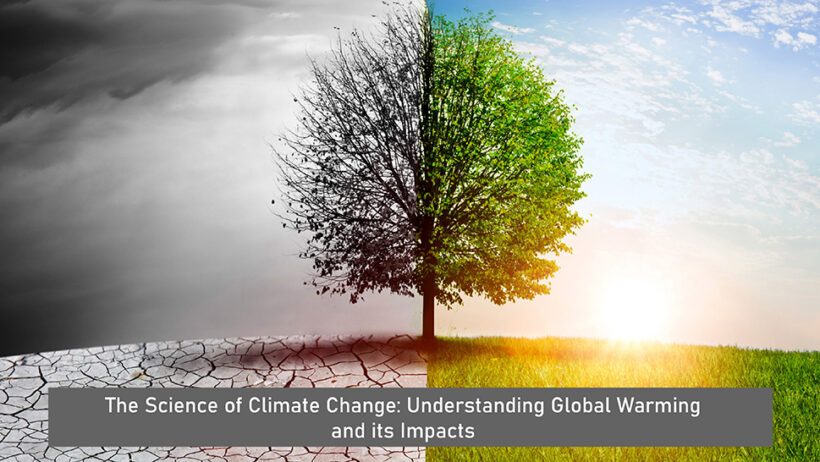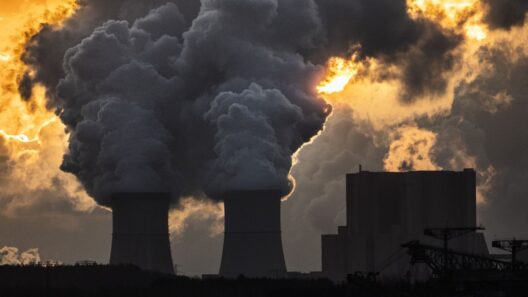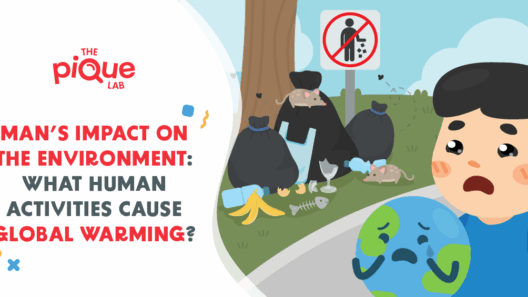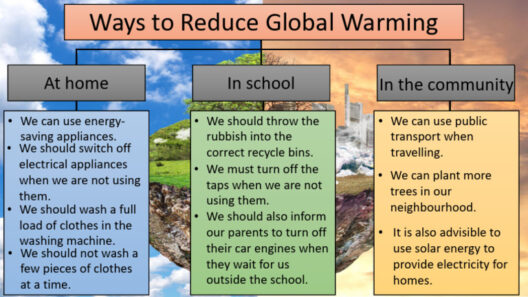The carbon cycle is the intricate dance of carbon atoms through various components of the Earth’s system. This fundamental mechanism is nothing short of the Earth’s natural thermostat, regulating its climate and sustaining life as we know it. However, like a maestro losing control of an orchestra, human activity has introduced dissonance into this delicate symphony. Understanding the carbon cycle is essential in comprehending how it relates to global warming and the impending crises we face.
At the heart of this cycle lies the balance between carbon sinks and sources. Carbon sinks, such as forests, oceans, and soil, absorb carbon dioxide from the atmosphere. Conversely, carbon sources—primarily fossil fuel combustion and deforestation—release this gas back into the atmosphere. In a well-functioning carbon cycle, these processes maintain equilibrium; however, anthropogenic activities have skewed this balance alarmingly.
As if injecting poison into a body of water, the emissions from burning coal, oil, and natural gas discharge copious amounts of carbon dioxide. While carbon dioxide is a natural component of the atmosphere, its concentration has surged beyond 400 parts per million, higher than it has been for at least 800,000 years. This spike in concentration creates a blanket effect, trapping heat in the atmosphere and leading to global warming—much like a greenhouse is designed to cultivate plants in unfavorable climates.
The implications of a disrupted carbon cycle are profound. Global temperatures have risen, causing ice caps to melt at an alarming rate. Polar bears, once the embodiment of the Arctic wilderness, now struggle to find solid ice on which to hunt. The changing climate not only threatens charismatic megafauna but also disrupts entire ecosystems and biomes. Forests, savannahs, and coral reefs are collapsing under the weight of these changes—each contributing uniquely to the carbon cycle.
Moreover, increasing temperatures have stirred a pot of cascading effects. With warmer air holding more moisture, weather patterns become erratic. Droughts intensify in some regions, while torrential rains and flooding devastate others. This variability wreaks havoc on food production, demonstrating the precarious relationship between climate and agriculture. As farmers grapple with shifting growing seasons, food security is bound to diminish, further stressing human and ecological systems.
The ocean, often referred to as the “planet’s lungs,” plays a crucial role in this cycle. Phytoplankton, the tiny organisms that flourish in sunlight, perform photosynthesis and absorb significant amounts of carbon dioxide. However, as carbon dioxide levels rise, oceans absorb more of it, leading to ocean acidification. This phenomenon is akin to dissolving a delicate structure made of chalk; coral reefs—these underwater marvels—are facing unprecedented bleaching events and mortality, which also erodes a vital barrier against storm surges and erosion.
In understanding the carbon cycle, it becomes evident that it is not a simple loop but rather a complex web interwoven with countless interactions. Forests act as carbon sinks; however, they too can become sources if they are logged or burned. The age-old adage of cutting down a tree will come back to haunt the earth holds more truth than many are ready to acknowledge. Deforestation for agriculture or urban expansion decreases the number of trees capable of sequestering carbon, thereby intensifying the accumulation of carbon dioxide in the atmosphere.
This relationship exposes a crucial insight: every decision carries weight. Urban expansion, industrial growth, and fossil fuel reliance not only affect the local environment but also reverberate through the global climate system. Each coal plant emits not merely smoke; it releases a string of consequences that can resonate thousands of miles away—altering weather patterns in regions far removed from the source of pollution.
To remediate the damage inflicted upon the carbon cycle, concerted global actions are imperative. Renewable energy sources, such as solar, wind, and hydropower, offer hope, but immediate transitions to these technologies are necessary to stem the flow of carbon emissions. Reforestation and afforestation efforts can substantially enhance carbon storage while simultaneously restoring habitats and biodiversity. Despite the daunting task ahead, progress in carbon capture technology also presents a mitigative pathway, capturing carbon emissions before they reach the atmosphere.
Awareness and education play vital roles, creating ripples of change through communities. Individuals possess the power to initiate change, whether through adopting sustainable practices or advocating for smarter climate policies. The connection between individual choices and the carbon cycle is profound; each small decision can collectively lead to monumental outcomes. Much like a single drop of water can create ripples across an entire pond, conscious consumerism, reduced carbon footprints, and local initiatives can contribute tangibly to global amelioration efforts.
As the carbon cycle finds itself in crisis, understanding its intricacies becomes paramount. The narrative we write today regarding our relationship with carbon will determine the fate of future generations. We must recognize that the solutions lie not only in technology and policy but also in a renewed understanding of our role within this delicate system. If humanity embraces its position as caretakers of the Earth, fostering balance within the carbon cycle could lead to a harmonious existence, mitigated against the resounding echoes of global warming. The choice is ours—whether to continue this dissonance or to strike a new chord of balance and sustainability.
